“Five Empires of the Ancient Near East: A Historical Backdrop of 1 Kings to Matthew,” Ensign, Apr. 1982, 49
Five Empires of the Ancient Near East:
A Historical Backdrop of 1 Kings to Matthew
During the period treated in the second half of the Old Testament course of study, Israel felt the powerful influences of several neighboring kingdoms and empires—especially the successive empires of Assyria, Babylonia, Persia, Greece, and Rome—each one pressing in, invading, conquering, exerting its own influence on the culture and institutions of Israel, affecting its political and social structure, testing its fortitude and obedience.
Much of the fate of Israel was due to the position of its lands at the crossroads of the ancient world. Bordered on the west by the Great Sea (the Mediterranean) and on the east by the searing Arabian deserts, it lay directly on a virtual land bridge between Egypt and the lands of Mesopotamia and Asia Minor. Not always a target for invasion itself, the land and its people were often the victims of armies passing through, marching in pursuit of the riches of Egypt.
Thus, with the waning of Egyptian and Hittite power in the early part of the twelfth century B.C., a number of smaller nations were able to establish their independence in the area of Palestine. These included Philistia, Moab, Edom, the city-states of Phoenicia and Syria, and Israel under the kingship of Saul. Babylonia and Assyria shared the region of Mesopotamia. The Elamites continued to exercise control over what is now southern Iran, while new peoples—notably the Medes and the Persians—were moving into the northern and central parts of that territory.
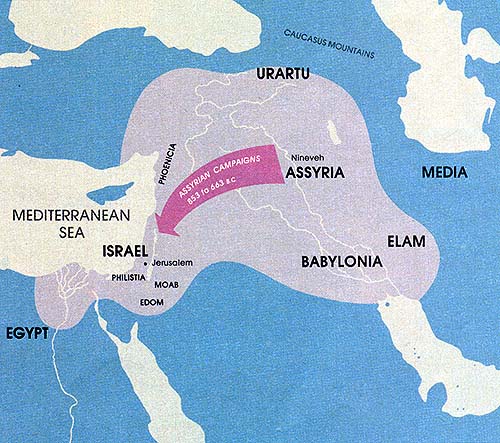
Map 1. The Assyrian Empire (853–605 B.C.)
By the middle of the ninth century B.C., Israel had been divided into its northern and southern kingdoms for more than a hundred years and powerful Assyria was on the move against its neighbors. Assyrian conquests in the west and south were delayed for a time by a confederation organized in the days of Shalmaneser III (859–824 B.C.). But by 805 B.C., the Assyrian king Adad-nirari III claimed to rule all of Syria, Phoenicia, Israel, Edom, Philistia, Babylonia, Media, Persia, and the Hittite area, with only Urartu and Elam holding out and Egypt not yet endangered. During the years when the northern kingdom of Israel and the southern kingdom of Judah were overshadowed by Assyrian rule, there were many revolts. However, numerous Assyrian campaigns into the heart of the land crushed all but the later ones. In 722 B.C., Israel was taken and many of its people deported. Judah was virtually subdued in 701 B.C. (only Jerusalem remained unconquered), Babylon fell in 689, and in 668 B.C. Assyria placed a pro-Assyrian king on the throne of Egypt. In the east, Elam was devastated by the Assyrian army in 639 B.C.
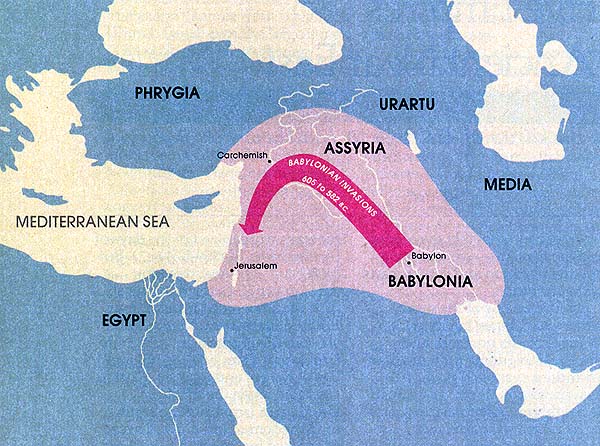
Map 2. The Babylonian Empire (605–539 B.C.)
But Assyria’s days were numbered. In 615 B.C., the Medes, along with their vassals, the Scythians, Urartu, and Phrygia (all located in what is today called Turkey), united with Babylon in a war destined to end Assyrian rule. The end came at the battle of Carchemish in 605 B.C., the same year in which Nebuchadnezzar II (who had assisted the Medes) became king of Babylon. Nebuchadnezzar thought of himself as king of the world, controlling all of Mesopotamia and Syro-Palestine. But he was never fully accepted as such in the area controlled by the Medes or in Egypt. Indeed, the Egyptians tried to stir up some of their neighbors against Babylon; and one of the results of this action was a Babylonian invasion that brought about the destruction of Jerusalem and the deportation of the Jews in 586 B.C.
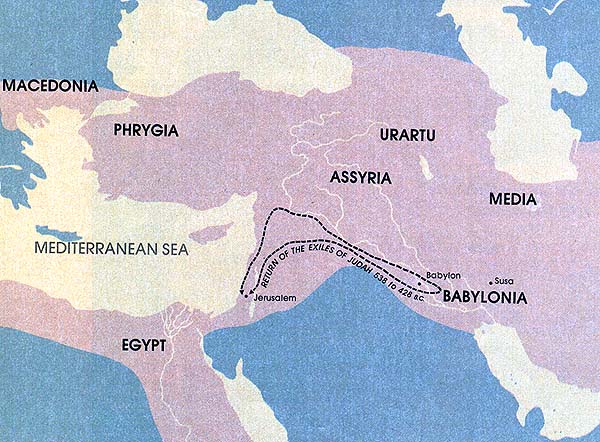
Map 3. The Persian Empire (539–331 B.C.)
Then, in 555 B.C., the Persian king Cyrus the Great united the Persians and the Medes; and over the years, as his strength and reputation grew, he expanded his empire until finally, in 539 B.C., he took Babylon in a bloodless coup and established Persia as the dominant force in the Near East. It was Cyrus whose decree permitted the return of the exiles of Judah to their homeland to rebuild the temple in Jerusalem. His son Cambyses took Egypt in 525 B.C., making the Persian empire the largest the world had yet known.
But this empire, too, was to pass away, during the “inter-testamental period”—the time between the close of the Old Testament record and the advent of Christ.
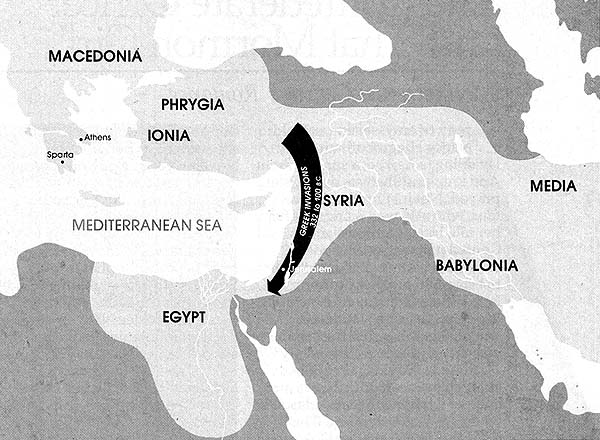
Map 4. The Greek Empire (331–63 B.C.)
During the years 499–400 B.C., the Greek-speaking Ionians of western Anatolia (Turkey) revolted against Persia and received aid from the Greek city of Athens. The next 170 years were to see Persians pitted against Greeks in such famous battles as those of Marathon, Thermopylae, and Salamis, to name but a few. Finally it was Philip II of Macedonia who united the Greek states and began the final thrust against Persia. Assassinated in 337 B.C., he was succeeded by his young son Alexander, who in 334 B.C. launched his campaign against the Persians. Alexander conquered all of Anatolia, Syro-Palestine, Egypt, Mesopotamia, and Persia proper, moving as far east as the border of India, part of Afghanistan, and central Asia. His empire exceeded even the Persian empire in geographical area.
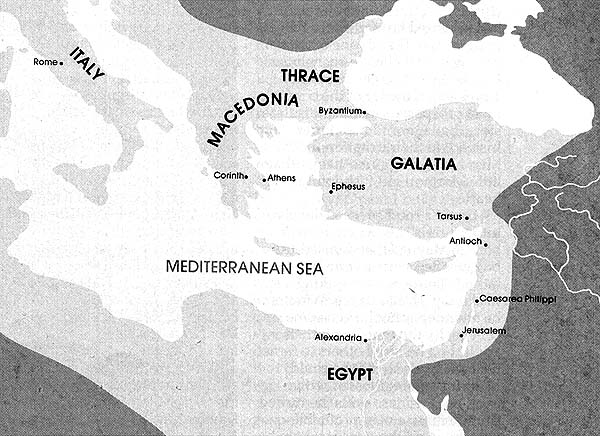
Map 5. The Roman Empire in the east at the time of Christ.
Alexander’s death at Babylon in 323 B.C. split his kingdom into smaller nations which vied for power. Consequently, warring armies criss-crossed the land, including Palestine, and the Maccabean rebellion arose—until, in 66–63 B.C., the Roman Pompey conquered much of the Near East. This set the stage for that which was to follow: in all the ancient world of ever-larger empires in succession, there would be no empire covering more territory than that of Rome, and never would there be more commerce and contact among the nations of the Old World. Rome was to rule for more than five hundred years after Pompey. Into this period came the Messiah with the message of peace for all the world, and it was this world that shaped the rise and fall of the early Church.